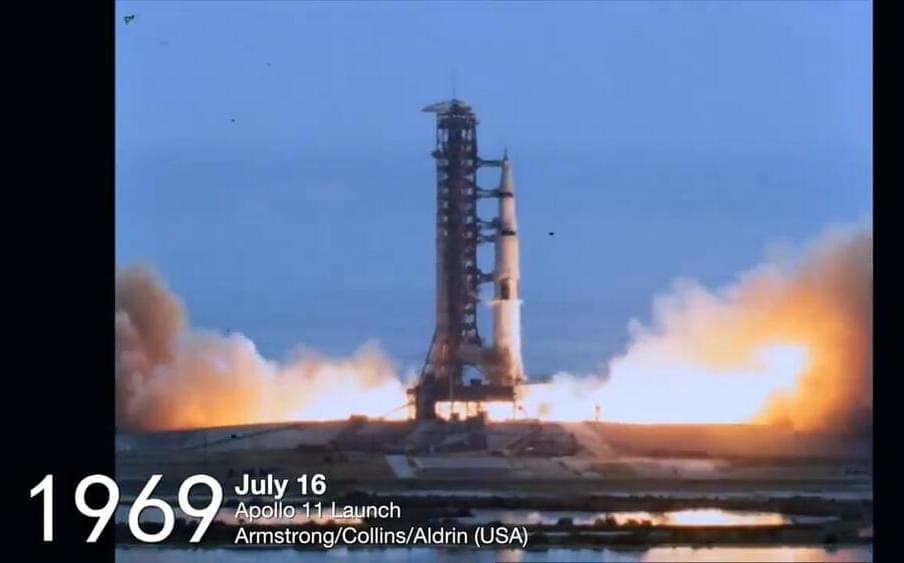Now, #AI and #MachineLearning systems have proven that they can keep up with the torrent by processing raw experimental data in real-time. https://www.jlab.org/news/stories/trial-run-smart-streaming-readouts
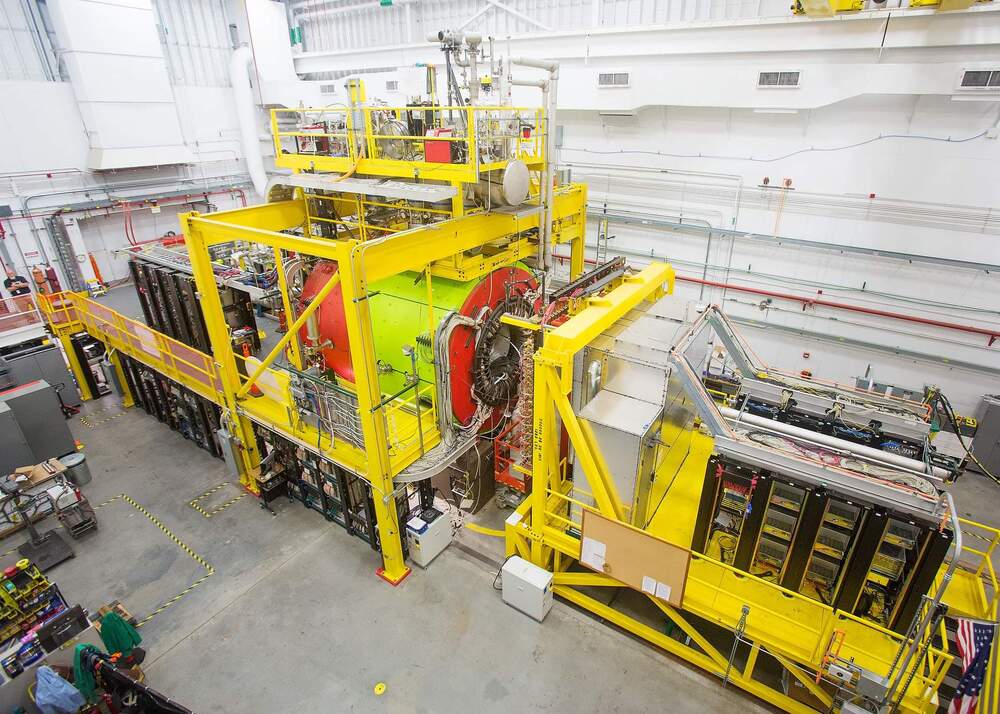

Now, #AI and #MachineLearning systems have proven that they can keep up with the torrent by processing raw experimental data in real-time. https://www.jlab.org/news/stories/trial-run-smart-streaming-readouts
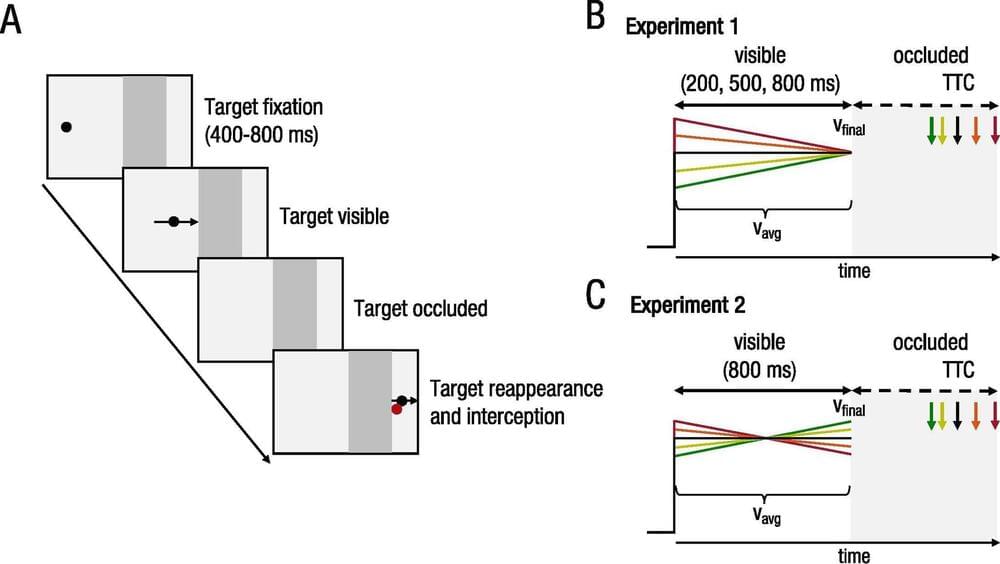


The 2022 Global Satellite Servicing Forum, the DARPA-originated @_CONFERS consortium’s annual event, is Oct. 19–20. In-space servicing and manufacturing stakeholders will discuss in-space lessons learned and their work toward achieving common technical and safety standards to extend satellite utility, resilience, & reliability. Learn more and register at https://www.satelliteconfers.org/gssf/#satelliteservicing #inspaceservicing #GSSF22
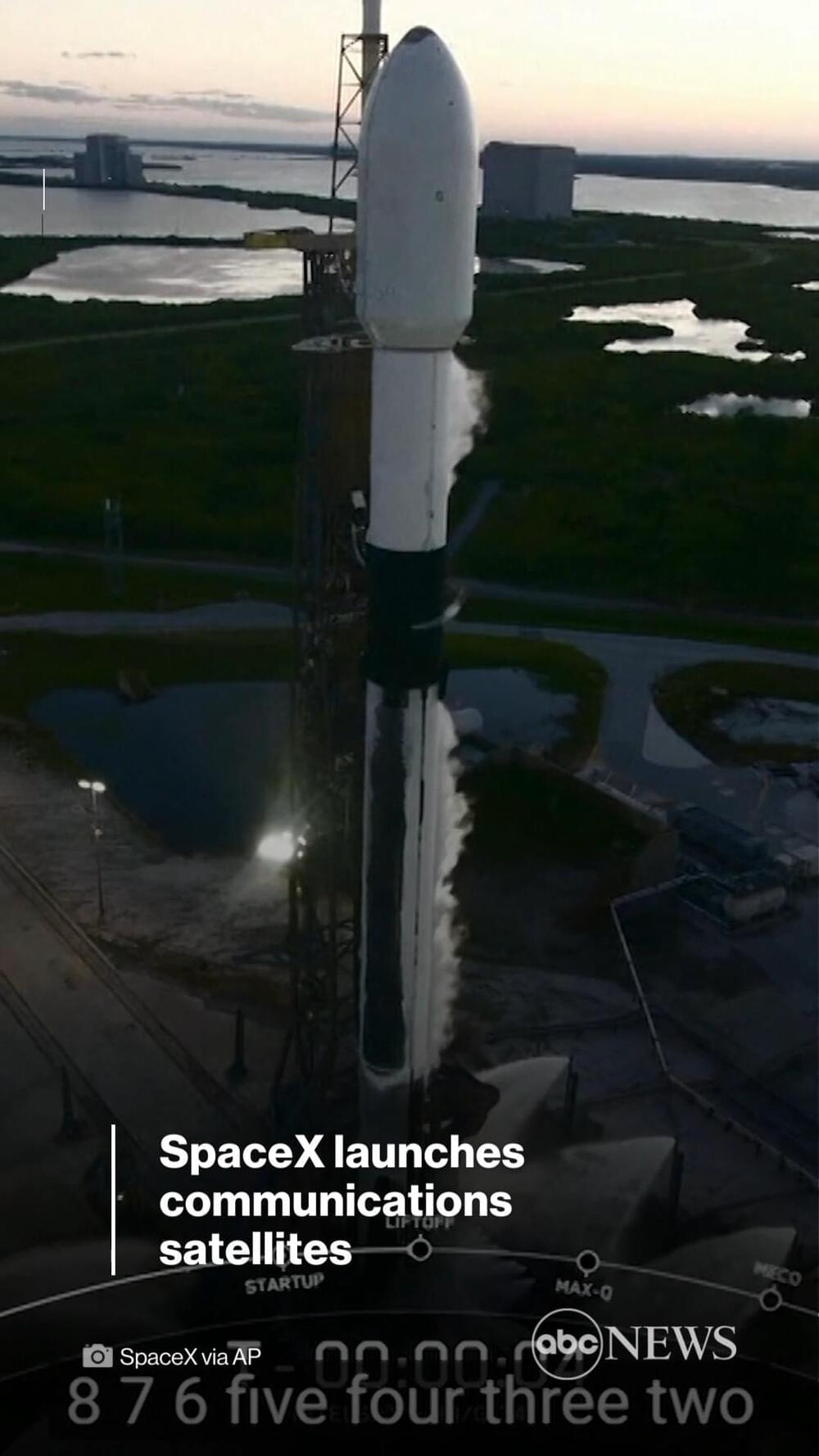
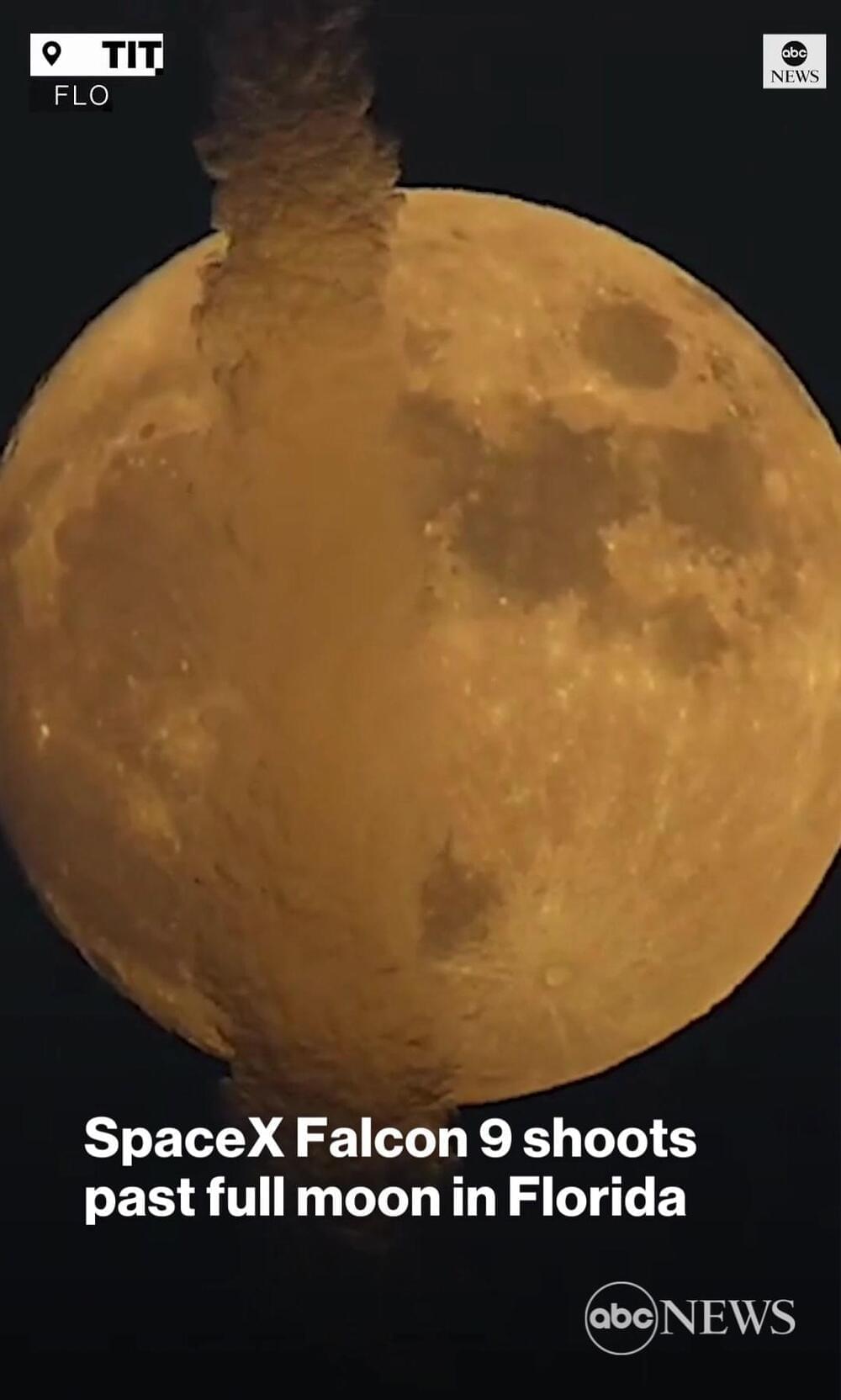

In less than 10 minutes, a team of 3 men sprayed a patented, spiderweb-like fabric around Hadid’s body, which ultimately hardened into a fully-formed white slip dress.
According to NYT fashion reporter Jessica Testa, the dress ‘looked as if it could be a kind of silk or cotton, but to the touch, it felt soft but elastic, bumpy like a sponge.
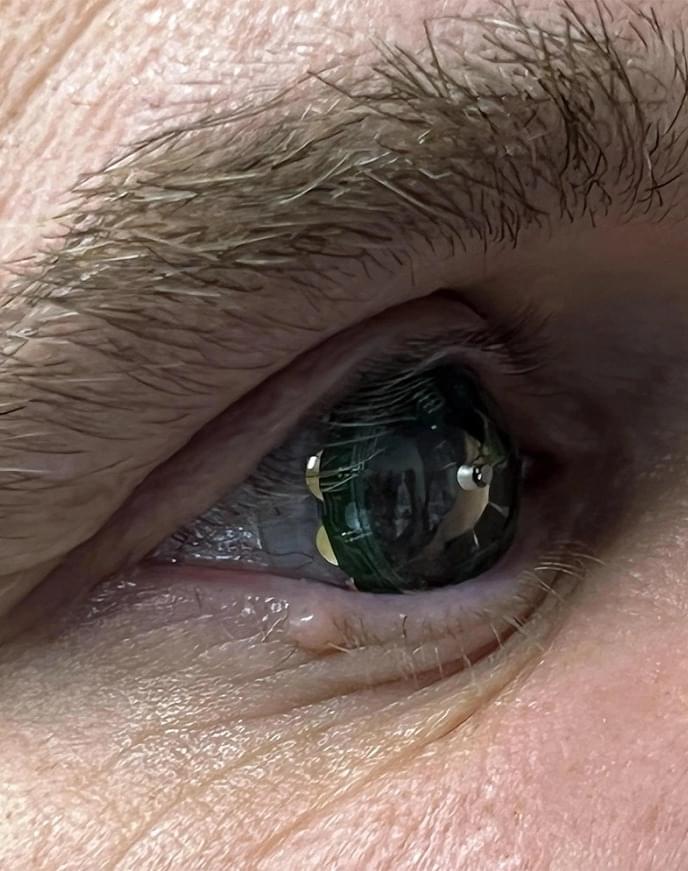
Mojo Vision CEO Drew Perkins is the first human being to put them on.
“After completing preclinical testing and mitigating potential safety risks, I wore Mojo Lens,” Perkins wrote in a blog post. “Much to my delight, I found I could interact with a compass to find my bearings, view images, and use an on-screen teleprompter. Seeing the future literally put me at a loss for words.”
Mojo Vision is now ready to conduct the clinical trials needed to secure FDA approval for the tech — and ultimately, give you super vision.

